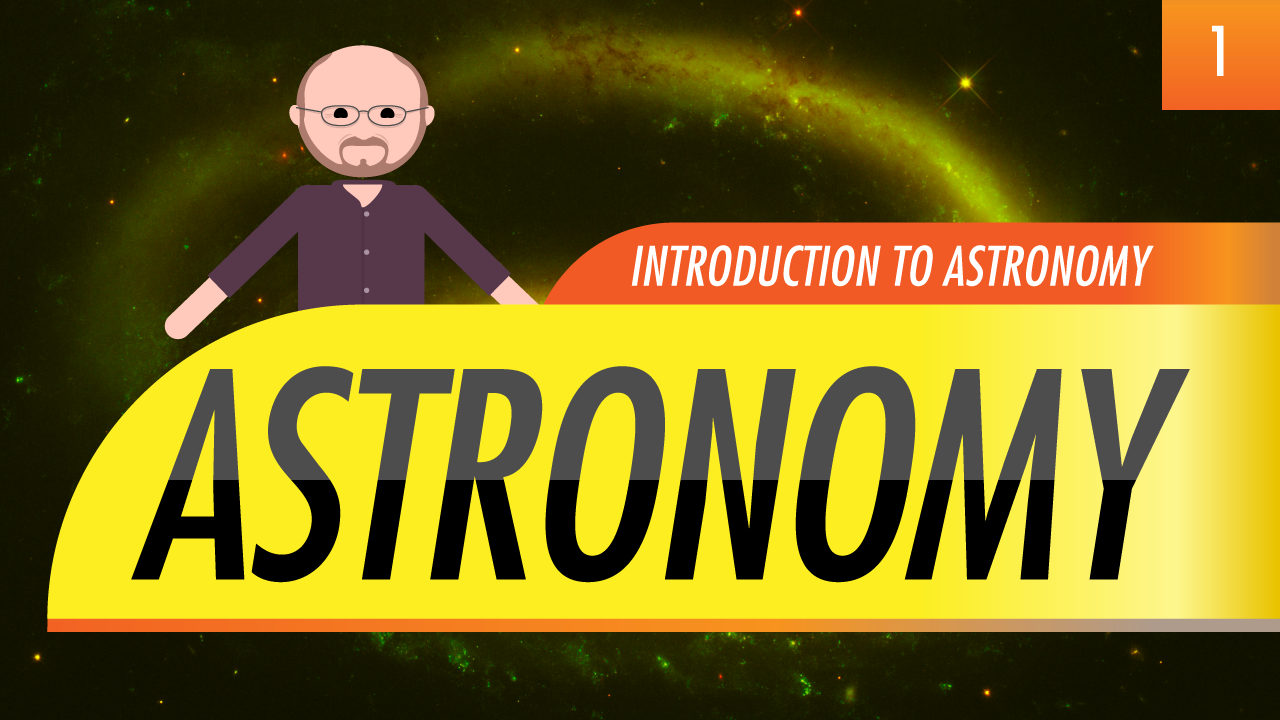Watch Episode

Comets: Crash Course Astronomy #21
S1 E21 / 11m 54s
Today on Crash Course Astronomy, Phil explains comets. Comets are chunks of ice and rock that orbit the Sun. When they get near the Sun the ice turns into gas, forming the long tail, and also releases dust that forms a different tail. We've visited comets up close and found them to be lumpy, with vents in the surface that release the gas as ice sublimates.




























